Setouchi Triennale 2013 Summer Session (Part 2)
| Travel Reports by Rabbityama | view profile of Rabbityama |
| previous post |
| next post |
| Note: The opinions and views expressed in this user report are those of the individual author and do not necessarily reflect the opinions and views of japan-guide.com. |
September 18, 2013 - Setouchi Triennale 2013 Summer Session (Part 2)
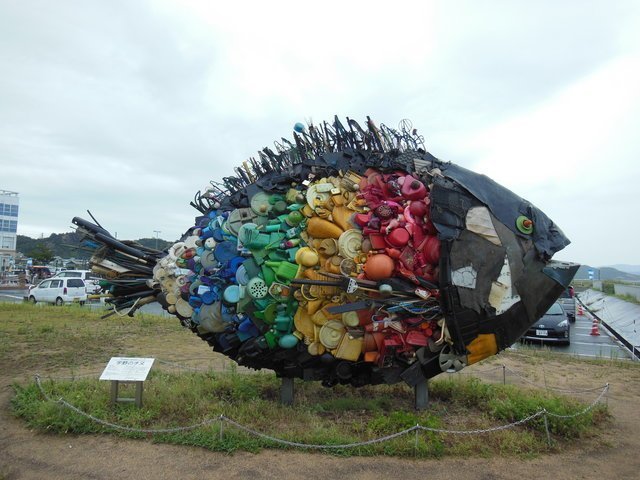
OSHIMA
There are only a few works of art to be found on Oshima, but the island's history makes it stand out among all the islands. Oshima is unique in that it did not join the Triennale in order to revive its economy nor to attract new residents. Oshima joined in order to spread awareness. What about? Well, from 1909 to 1996, the island was used to quarantine sufferers of Hansen's Disease (leprosy). People with the disease were sent here and not permitted to leave. The quarantine was ended in 1996, and new laws regarding the disease were not established until very recently in 2008.
The ferry to the island is free during the Triennale (get your ticket from the Triennale Information Center). Concerning the art, I really liked #90 Blue Sky Aquarium in which the artist makes a children's story about a pirate who falls in love with a sad mermaid come alive.
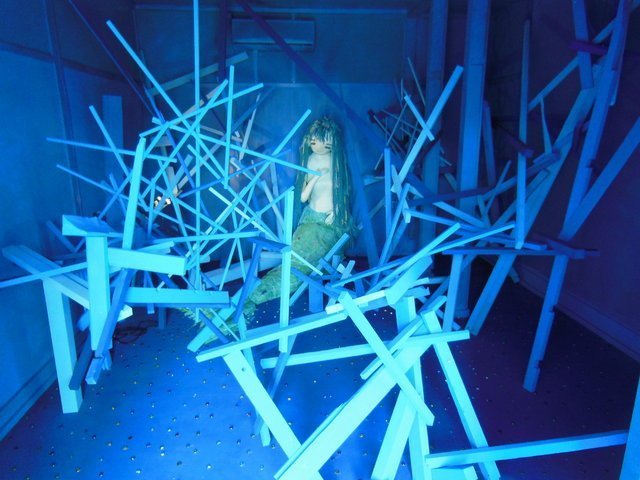
MEGIJIMA
Since I've been to the Kibi Plains in Okayama and visited the sites related to Momotaro there, I have had an interest in visiting Megijima's caves, which are supposedly where some of the ogres from the story lived. The Oninoko Tile Project (#41) features thousands of tiles with demon faces scattered throughout the caves along with #40 Snail Trail visuals. I really enjoyed the caves, and the tiles were particularly nice because they were made by the local junior high school students.
Work #37 The Presence of Absense stood out among the rest of the art. Its main feature was a sand garden in which periodically footsteps would walk through without a person. I really loved the concept.
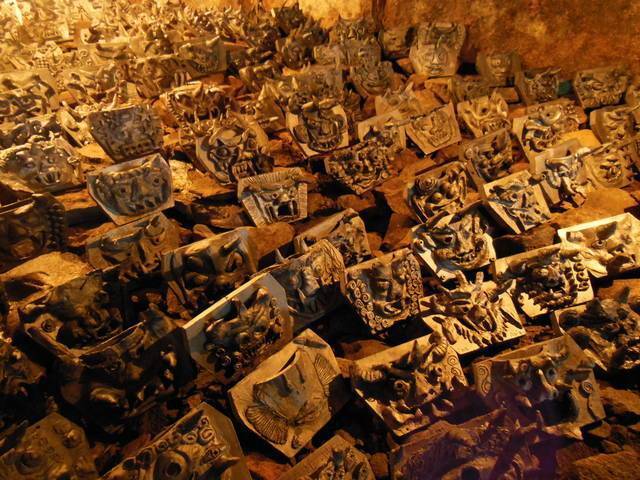
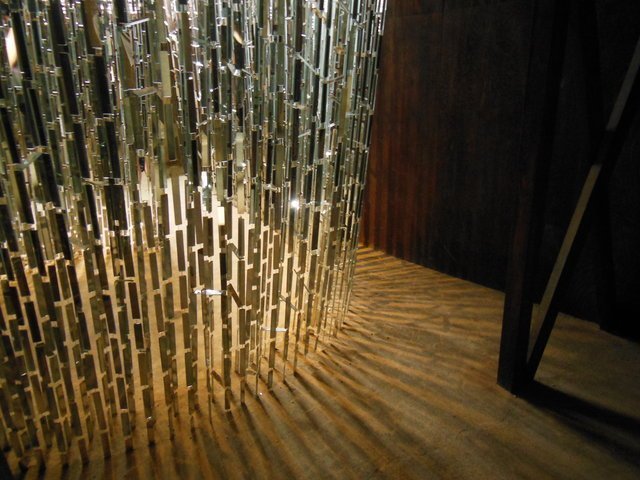
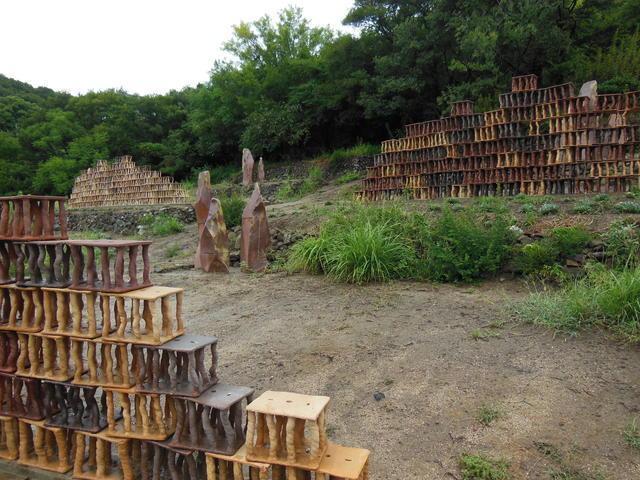
UNO PORT
The iconic Black Sea Bream of Uno (#152) still stands proudly at the port, but the art here is characterized predominantly by the works of Nobuyoshi Araki. His art can be found on billboards, on a car, and even in one of the trains on the Uno Line (also in Takamatsu on one of the trains to Kanonji). His works feature baby dolls alongside strange reptile toys and flowers. The images are interesting and more than a little creepy.
It should also be mentioned that the Triennale Passport can also be used at many museums in Okayama, Takamatsu, and other places in Kagawa to receive discount entrance fees or free gifts, including famous sites such as Korakuen Garden, Okayama Castle, Ritsurin Garden, Marugame Castle, etc. This is a perk that many people are unaware of.
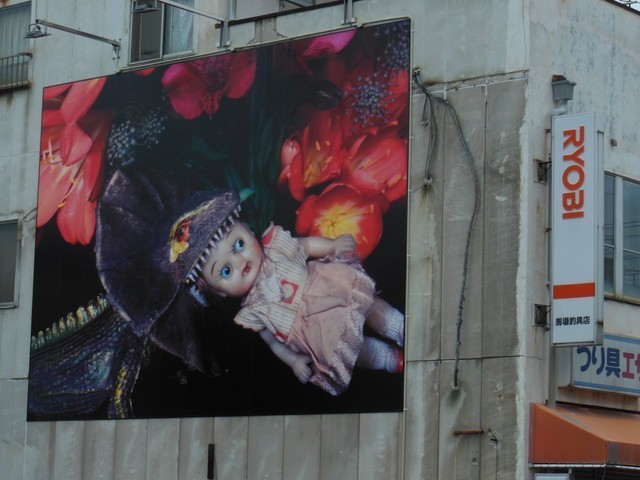
INUJIMA
It was my second time to visit Inujima, but it was great to visit during the festival period and most of the works of the art project were different. The art is all located along a loop from the Seirensho back to the port.
The Seirensho (#91) had the same magical feeling it gave the first time; like entering from here on the island and somehow ending up in some strange house in the sky. Completely surreal!
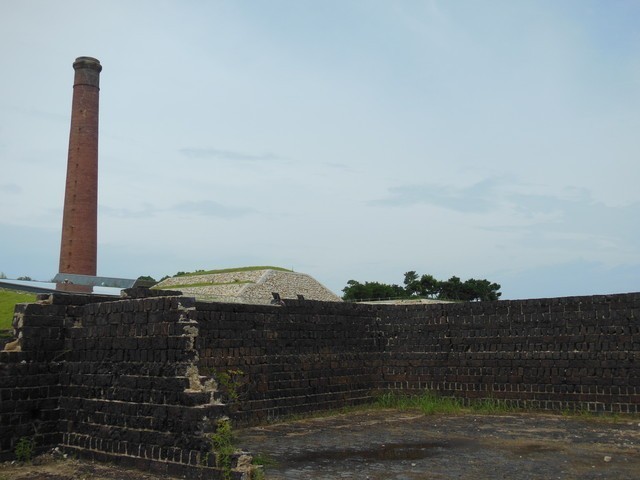
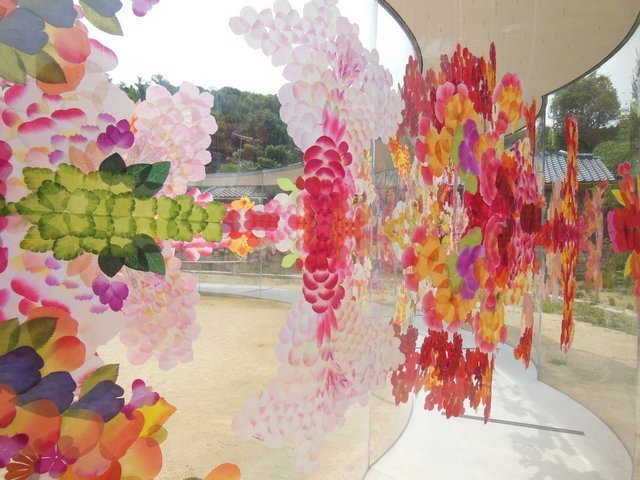
SHODOSHIMA
I originally hesitated to visit Shodoshima because the island is so large and the art is so spread out, but since it was the only place I had never visited, I decided to go on the last day of the festival. While transportation does slow down one's travel pace, I was able to see nearly all of the works in a day.
There are some very friendly volunteers on the Mito Peninsula portion that can help take you to the next art spots in that area (usually found at the spots marked "A" on the Teshima-Shodoshima Art Maps). #63 Light of Shodoshima is one of the clear favorites here and it certainly is a unique and interesting bamboo structure. The rice terraces add a lot to its appeal as well.
My personal favorite here however, has to be #74 stories - House. There were two parts, the house and the stable. It's the house that made me choose this work. Sitting on the tatami in one room facing a shut screen, the artist creates projections that make it appear as if the shut door is a portal in which a girl sneaks in and out (also fish swim in and out). It's very simple yet when you're sitting there, it really starts to feel like if you tried, you could slip through the portal to wherever the girl and those fish came from.
The Summer Session ended in what I think was the best possible way; I was able to see the final showing of #78 ANGER from the Bottom!
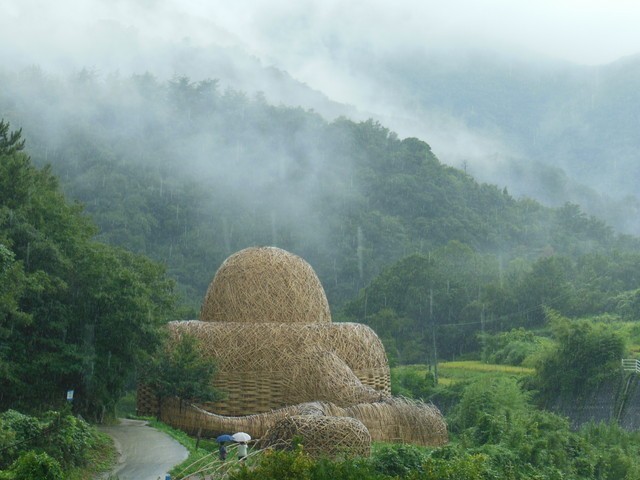
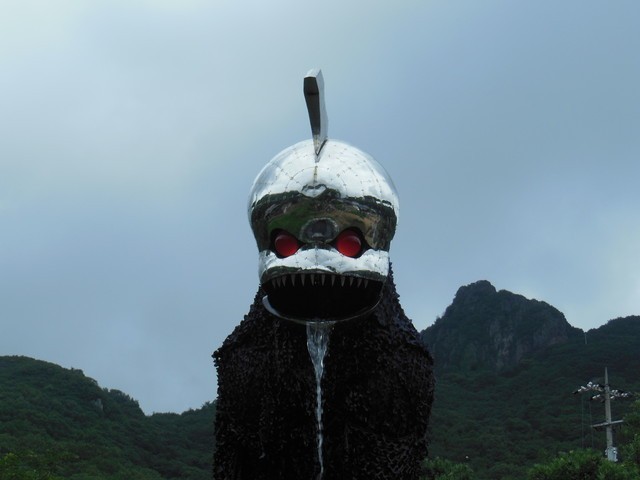
| previous post |
| next post |
|
List of Posts:
2017/08/17 - Obon Festivals and Events 2016/10/13 - Biwako Biennale 2013/10/20 - Setouchi Triennale 2013 Autumn Session 2013/09/18 - Setouchi Triennale 2013 Summer Session (Part 2) 2013/09/18 - Setouchi Triennale 2013 Summer Session (Part 1) 2013/01/03 - New Years in Okayama |